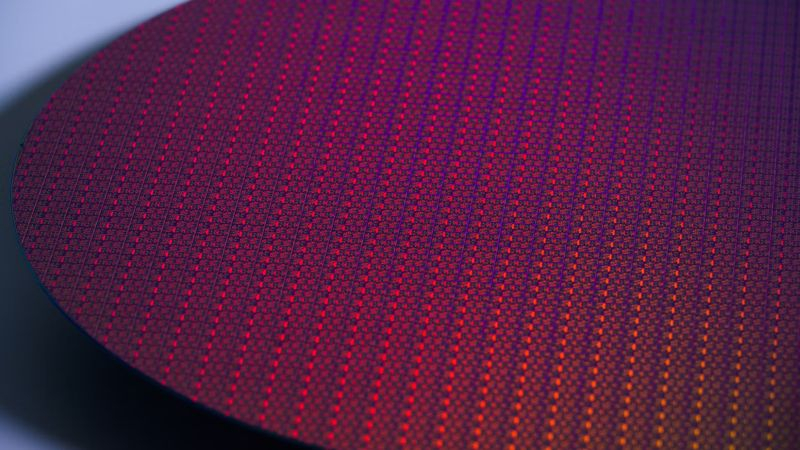Due to its disastrous quarterly report, Intel Corporation found itself in such a “reputational hole” that it was forced, after the publication of financial statistics and forecasts, to publish press releases that set the public up for its future success. The Intel Foundry division boasted not only the existence of its own processors released using Intel 18A technology, but also its readiness to offer it to third-party customers starting from the next half of the year.

Image Source: Intel
Intel representatives previously noted that it is ready to test all new technologies first on its own products, and then offer them to third-party clients. At the quarterly reporting conference at the end of last week, Intel management admitted that the company already has working samples of Panther Lake and Clearwater Forest processors, which are released using Intel 18A technology, and can already load the operating system as part of test configurations. As announced separately yesterday, both families of processors will be ready for mass production next year. Panther Lake is a family of processors for client systems, and Clearwater Forest will give life to server processors.
Newly appointed Intel Senior Vice President and Head of Intel Foundry Kevin O’Buckley said, “We are pioneering multiple contract manufacturing chip technologies for the AI era and delivering a full suite of innovations that are critical to the next generation of products. Intel and our contract customers. We are excited about our progress and are working closely with customers to bring the Intel 18A to market in 2025.”
In July of this year, as detailed in a press release, Intel released the 18A Technology Developer Toolkit version 1.0, which allows customers to take advantage of the RibbonFET structure with surrounding gate transistors and back-side power supply (PowerVia) when developing their own components. Core software creators are also updating their libraries to enable Intel customers to more quickly complete the development of products that incorporate these Intel innovations. The company emphasizes that it was the first in the contract services market to offer customers a combination of RibbonFET and PowerVia. Combined with Intel’s spatial chip packaging capabilities, this provides developers with the tools to create components for the next generation of artificial intelligence systems.
Panther Lake’s own processors, among other things, at this stage allow DDR memory in conjunction with them to operate at target frequencies right now. Clearwater Forest processors, in addition to RibbonFET and PowerVia technologies, will use advanced methods of spatial packaging of heterogeneous crystals. Both families of processors will significantly improve specific performance, transistor density and power consumption. RibbonFET provides more precise control of transistor channel current, allowing components to be made smaller while reducing leakage currents. Supplying power from the reverse side of the wafer increases the efficiency of the power elements of the chips being developed. In combination, these technologies can improve chip performance and reduce their power consumption. This is also important for Intel customers who gain access to such technologies.